SYNTHETIC NATURE
Interactive Installation, Generative Design
14 Weeks
Personal Work
“Synthetic Nature” is a speculative exhibition about the intersection of biology and technology. It imagines programmed ecosystems and hybrid organisms, pairing organic motion with digital precision to question what life means when nature becomes engineered.
CHALLENGE
Finding the right input for the installation was difficult, I needed something visitors could use easily and that worked reliably in the space.
APPROACH
My approach was to evaluate each input method through both the user experience lens and environmental constraints. After testing sound, humidity, and touch sensors, I realized each introduced too much instability, either reacting to ambient noise or requiring physical contact that disrupted the flow. I ultimately chose a camera based color detector because it offered the most seamless and responsive interaction. By tracking hue changes created by user presence or movement, the system could trigger growth behaviors consistently, without being affected by room conditions.
SYNTHETIC NATURE
Interactive Installation, Generative Design
14 Weeks
Personal Work
“Synthetic Nature” is a speculative exhibition about the intersection of biology and technology. It imagines programmed ecosystems and hybrid organisms, pairing organic motion with digital precision to question what life means when nature becomes engineered.
CHALLENGE
Finding the right input for the installation was difficult, I needed something visitors could use easily and that worked reliably in the space.
APPROACH
My approach was to evaluate each input method through both the user experience lens and environmental constraints. After testing sound, humidity, and touch sensors, I realized each introduced too much instability, either reacting to ambient noise or requiring physical contact that disrupted the flow. I ultimately chose a camera based color detector because it offered the most seamless and responsive interaction. By tracking hue changes created by user presence or movement, the system could trigger growth behaviors consistently, without being affected by room conditions.
Interactive Installation
Living Letters is an interactive installation where sensors, cameras, and generative typography create a system that breathes and grows with human presence. Here, letters act like living organisms, shifting the interaction from control to coexistence.

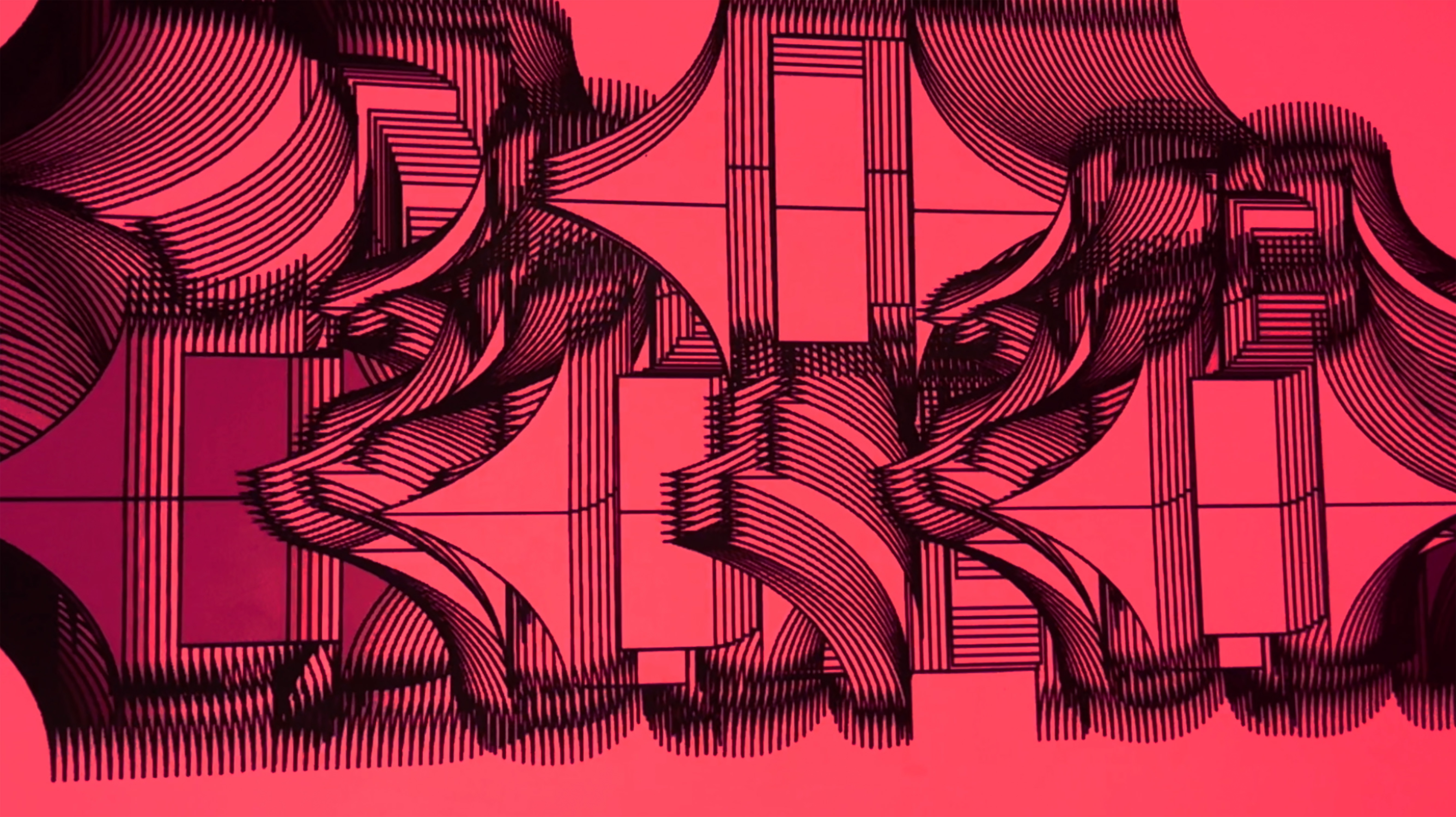
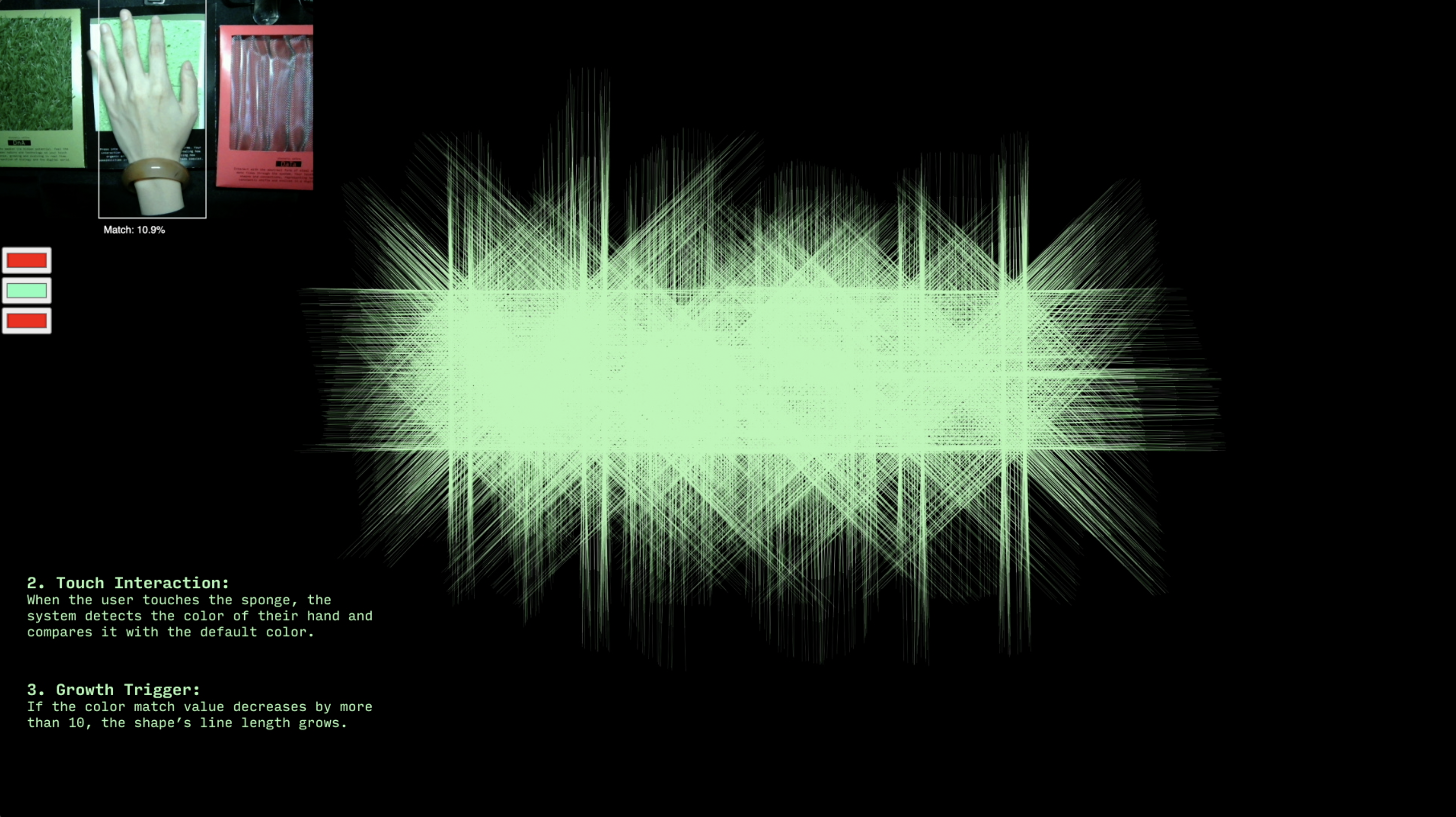
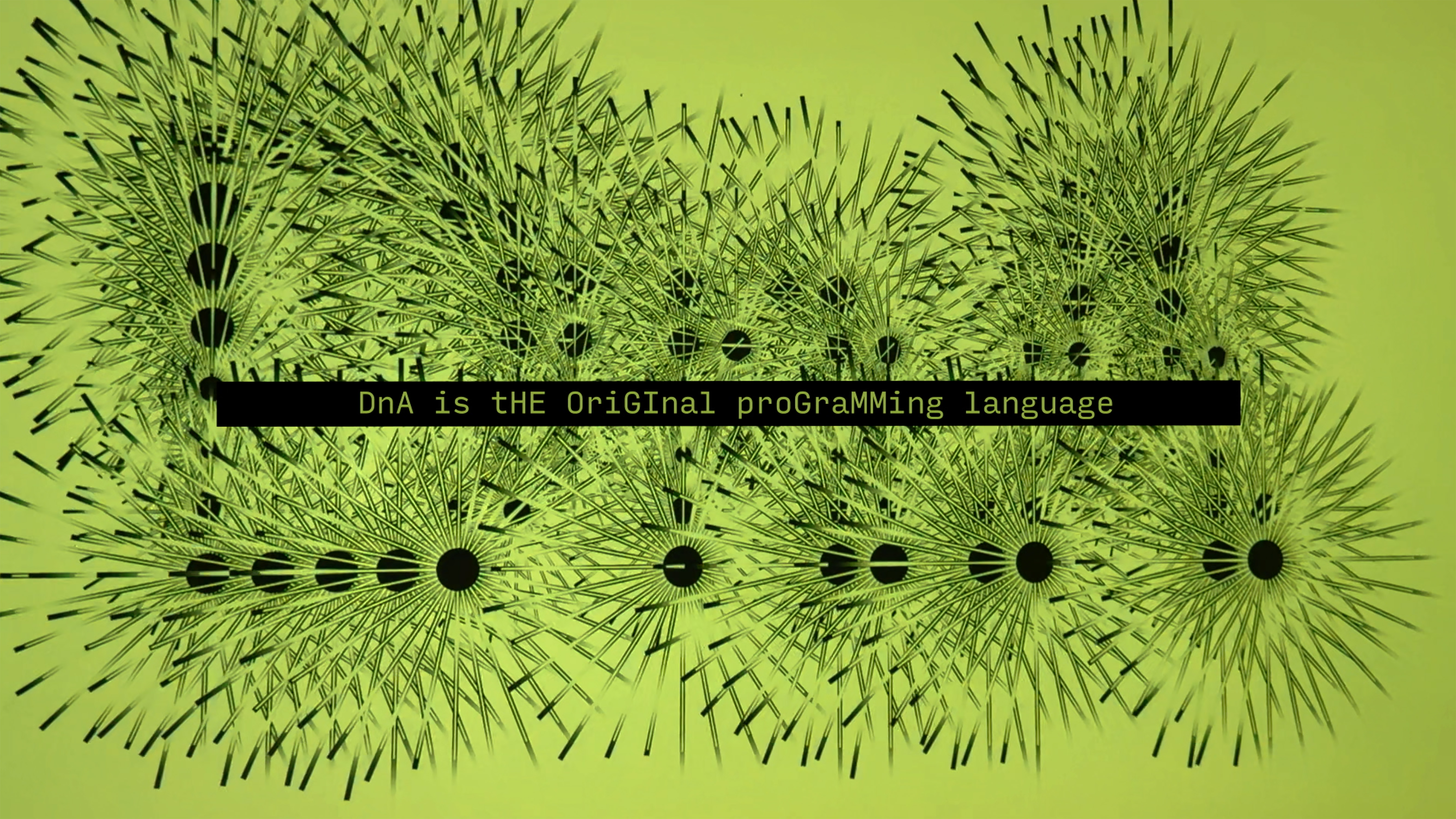
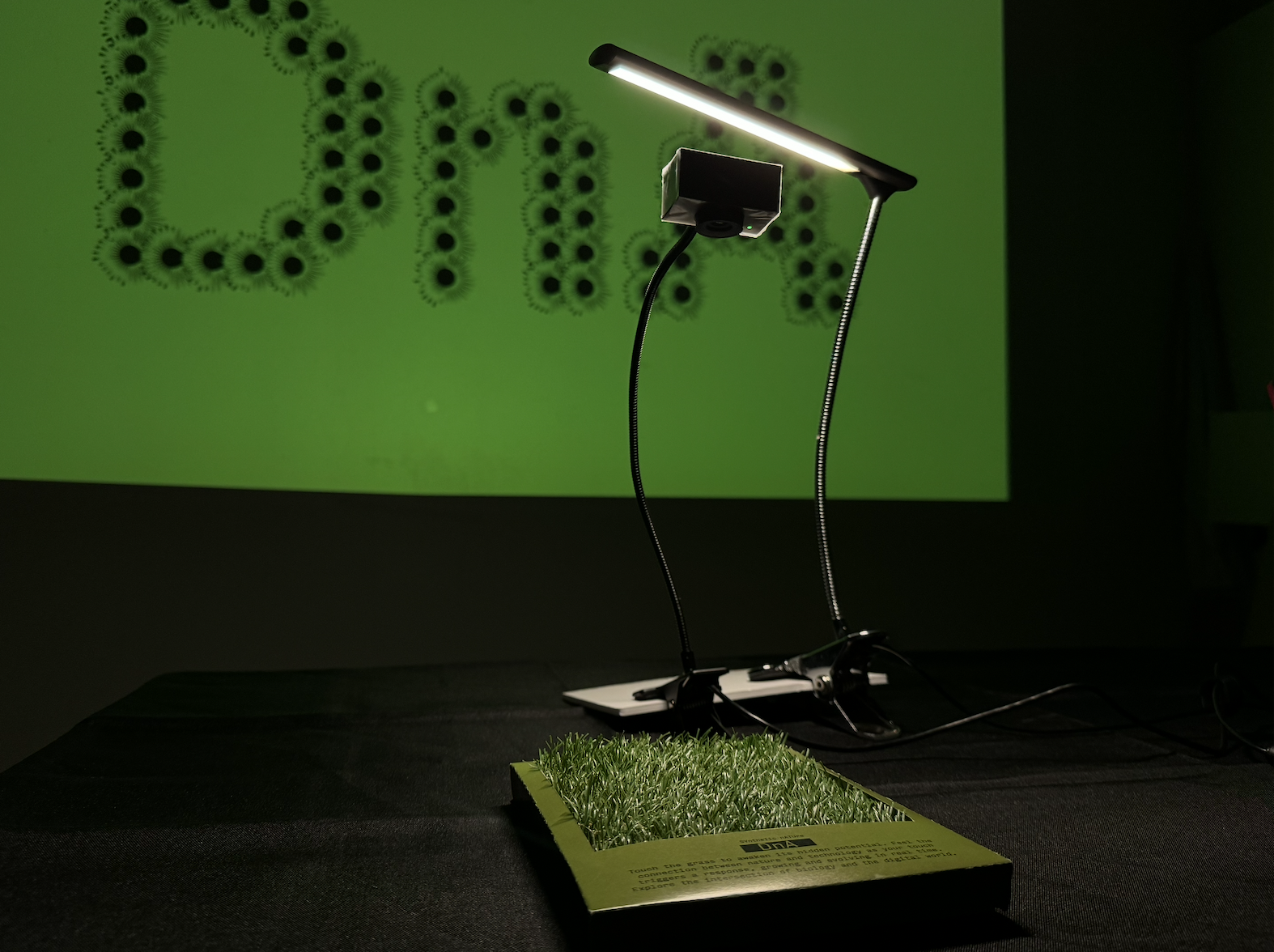
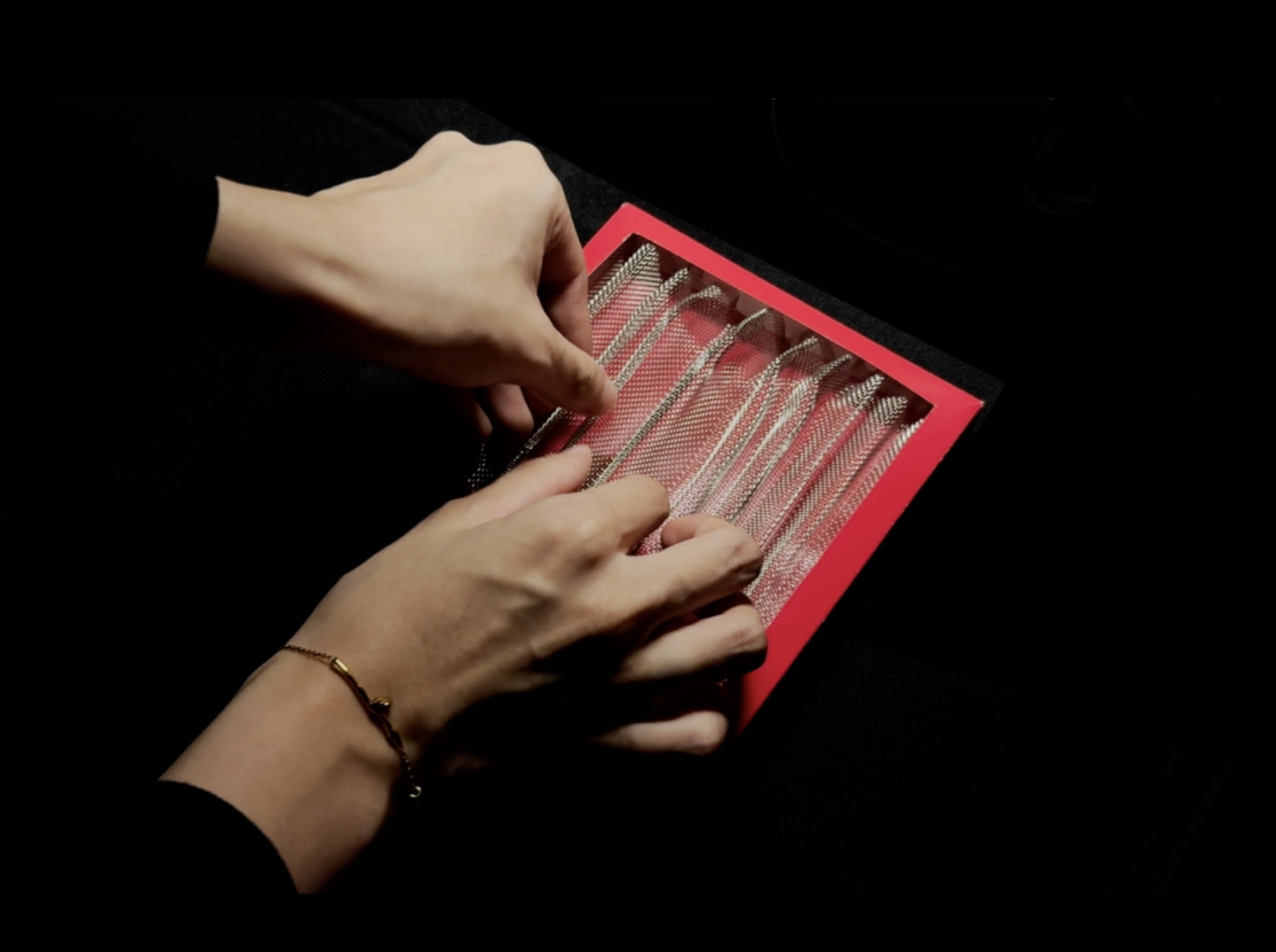
Type generator
Poster



Interactive Flow
Living Letters uses Processing, computer vision, and color detection to build a responsive typography system that reacts to presence and touch. The interaction becomes a soft cycle of growth and decay, inviting participants into a feedback loop where language and the body move together.
Step 1 – Activation
A webcam senses distance, causing the letters to breathe with the viewer’s movement.
A webcam senses distance, causing the letters to breathe with the viewer’s movement.
Step 2 – Evolution
Touching colored materials causes hue shifts the camera detects, triggering subtle growth as letters stretch and change.
Touching colored materials causes hue shifts the camera detects, triggering subtle growth as letters stretch and change.
Step 3 – Reset
After a few seconds of stillness, the system resets. The letters return to their original form, ready to respond again.
After a few seconds of stillness, the system resets. The letters return to their original form, ready to respond again.
Working process
1) Input explorations
I tested sound, humidity, and touch sensors, but the camera based color detector proved the most responsive and became the final input for the installation.
1. Sound as Input:
As the user generates sound (breathing), the letters start to move and grow in response to the frequency and volume of the sound.
I tested sound, humidity, and touch sensors, but the camera based color detector proved the most responsive and became the final input for the installation.
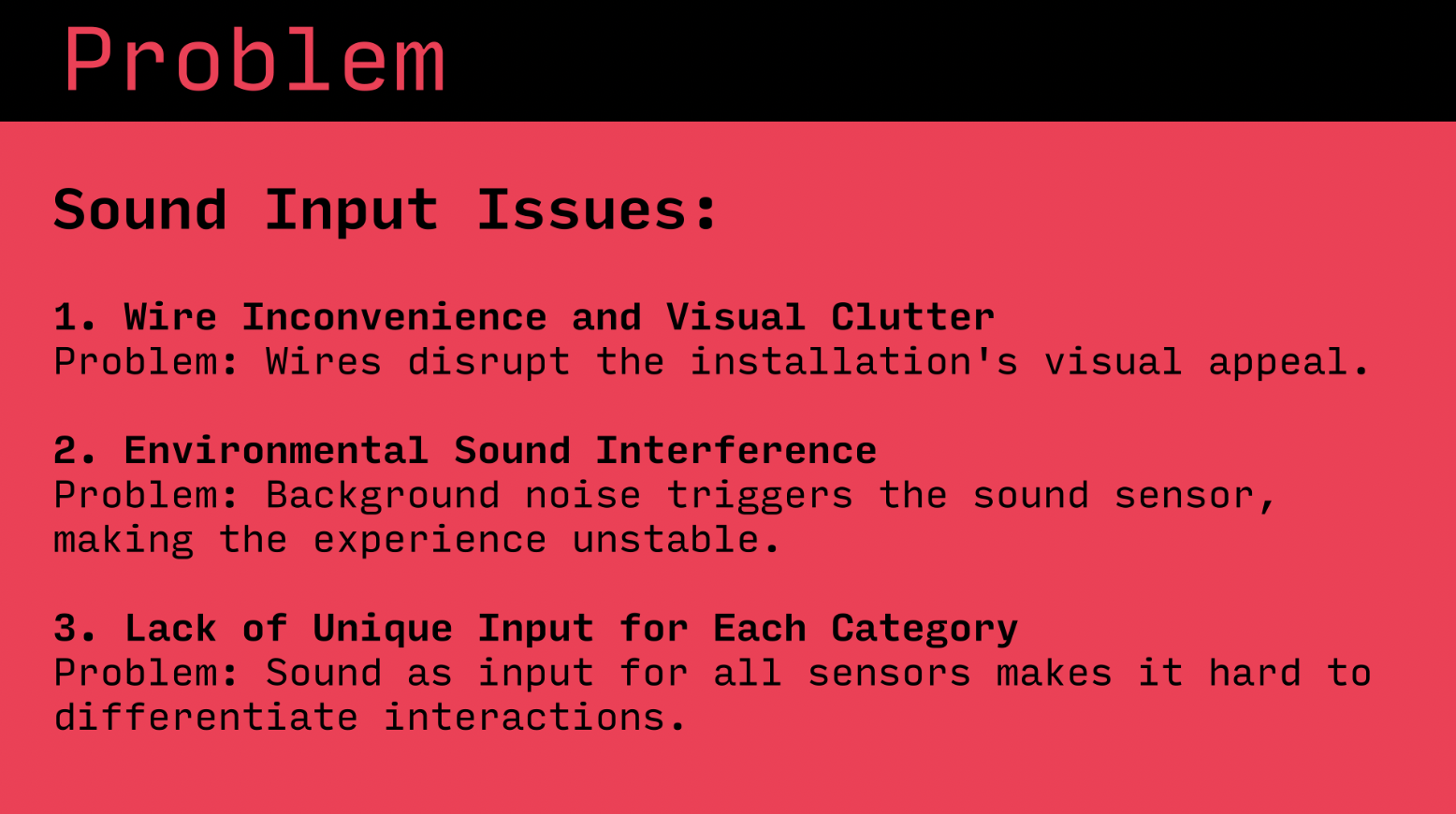
2. Sensors as inputs


2) Installation setup
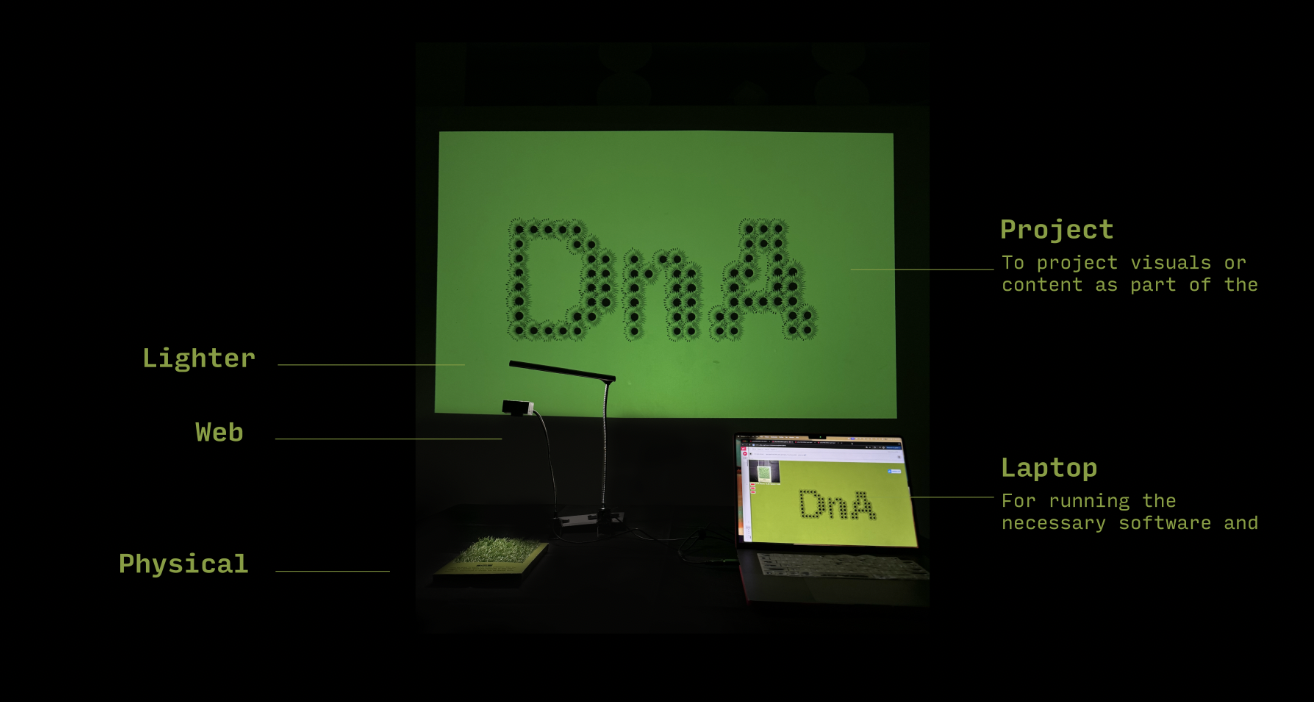

Booklet






















Print Collateral

Spacial




Software: P5js, Cavalry, Cinema 4D, Photoshop, InDesign, Illustrator, After Effects
* The images and videos only use for educational and non commercial use.


